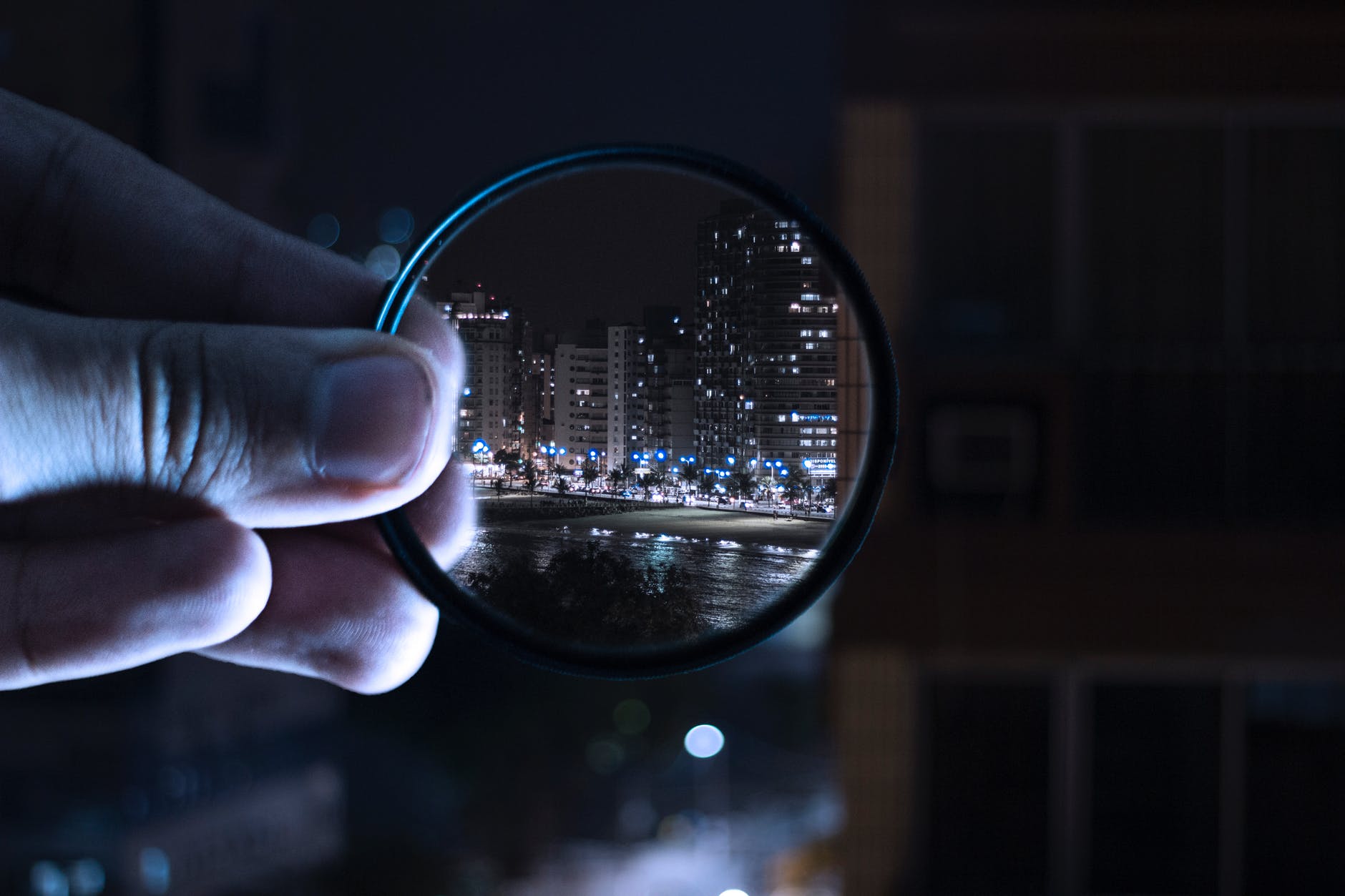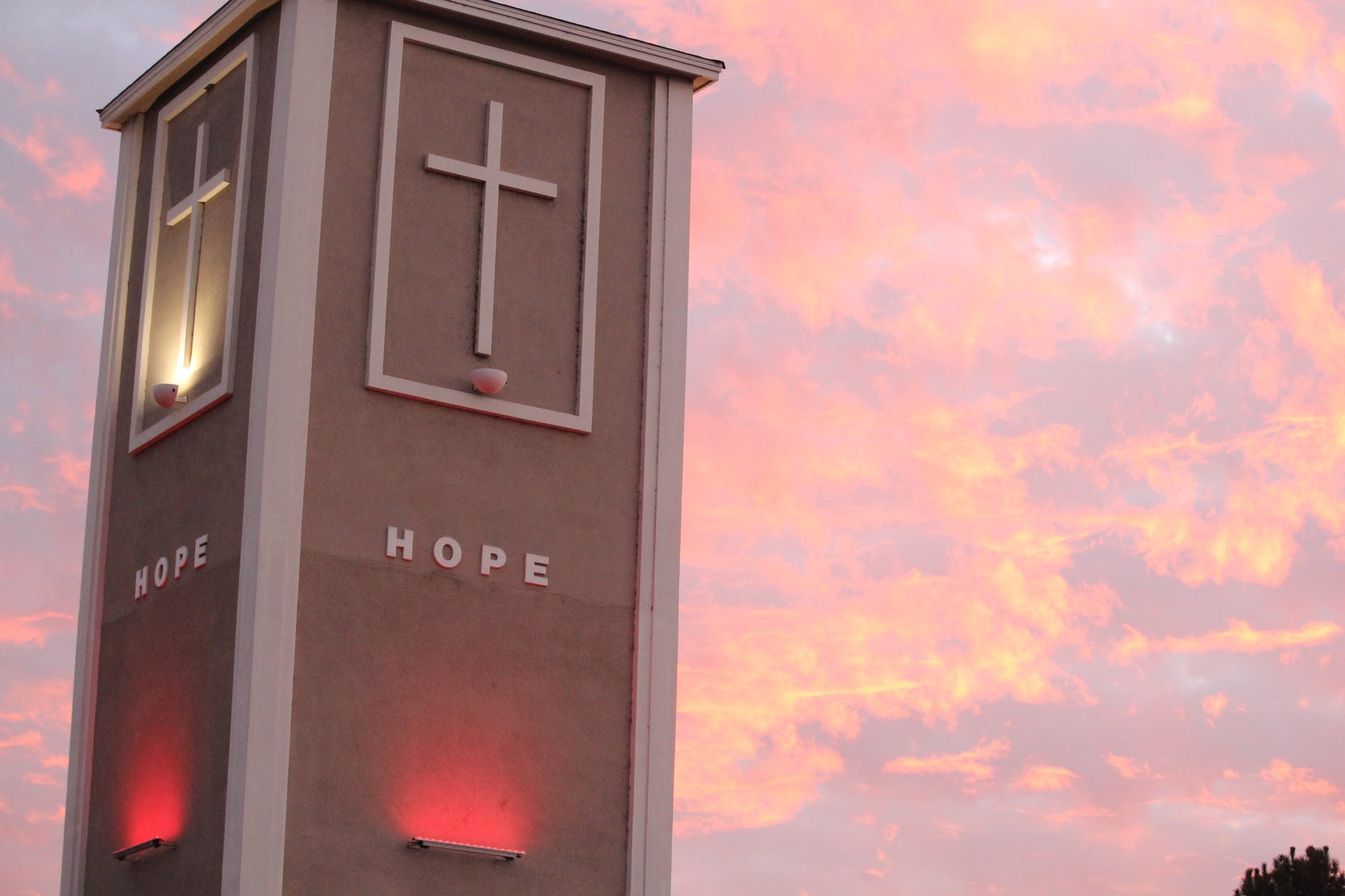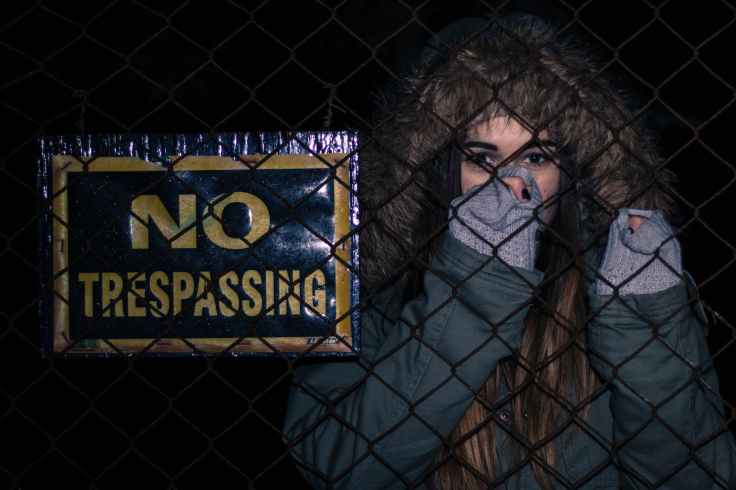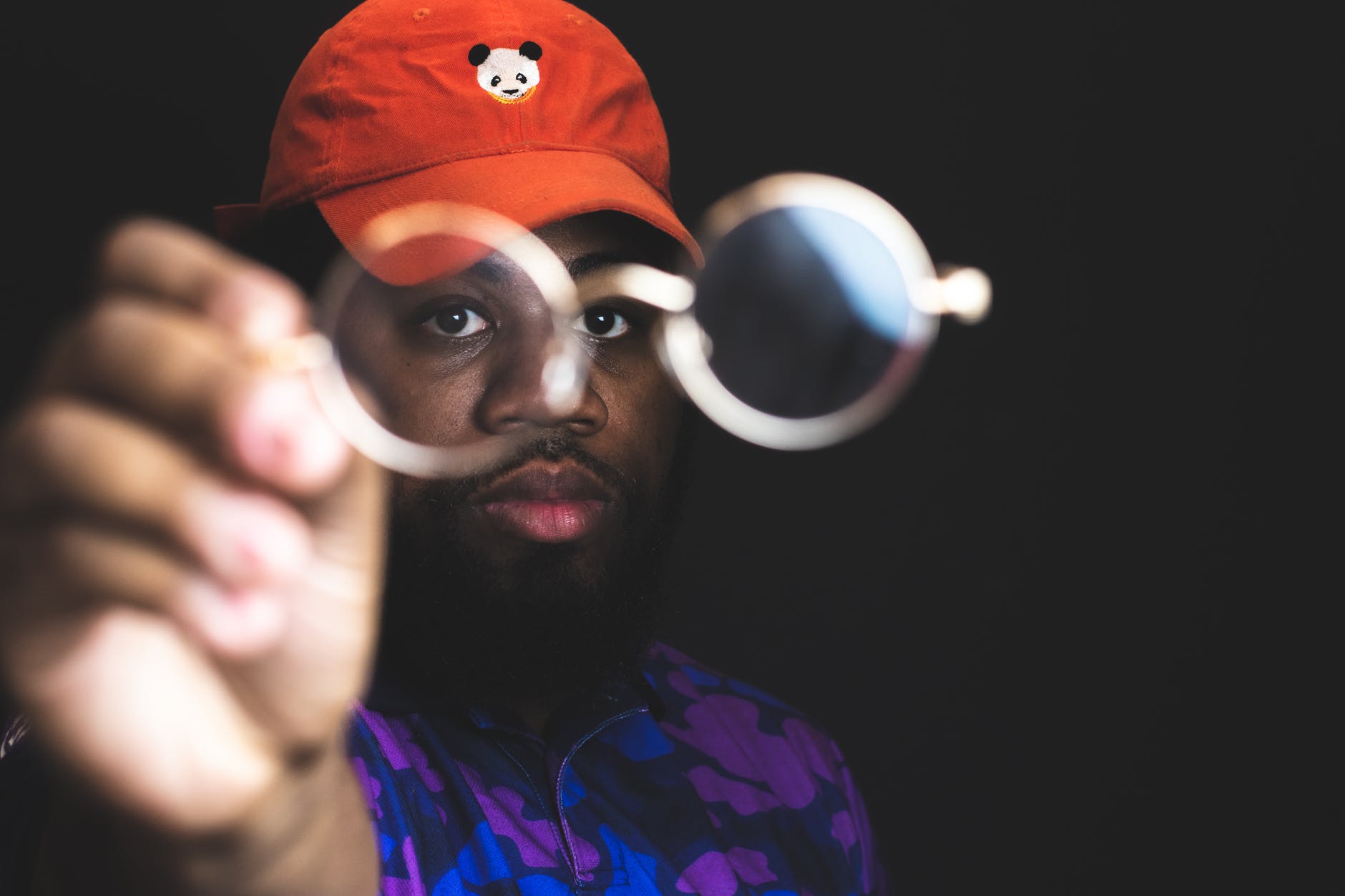Matthew 6:22-23 English Standard Version (ESV)
22 “The eye is the lamp of the body. So, if your eye is healthy, your whole body will be full of light, 23 but if your eye is bad, your whole body will be full of darkness. If then the light in you is darkness, how great is the darkness!

O be careful little eyes what you see
O be careful little eyes what you see
There’s a Father up above
And He’s looking down in love
So, be careful little eyes what you see
This little light of mine–I’m gonna let it shine!

Both the scripture text and the children’s song above are often used in the context of watching pornography or violent images, and their negative effects. It is true that if we fill our sight with negative and sinful images, we will be impacted negatively. We become desensitized to violence and evil; we become addicted to images that shock or excite us.
But I think there is more going on in this text, and I think it has a bearing on our prayer life. What we choose to see also involves what we choose NOT to see. We talk a lot about what we shouldn’t be watching or seeing, but there are some things– even unpleasant things– that we MUST see if we are to be the light of the world. Not only must we see such things, we must shine a light on them and cause others to see them. Injustice, corruption, dishonesty– we must be careful to see them for what they are. And we must see them clearly to pray about them wisely.

We live in a world of optical illusions, and it can be very difficult to see clearly. But that is what we are called to do. If our eyes are good/healthy, we will let in the light of truth, so that shadows and illusions will become stand out. If our eyes are bad/unhealthy, the shadows and illusions will trick us. We will see only what can be seen in a glance, and miss the bigger picture. And we will pray, not with an eye toward the bigger picture, but narrowed in on our own limited vision of the world around us.
John the Baptist had excellent “vision.” As he was out in the hot sun glinting off the Jordan, he looked up to see hundreds of people waiting to be baptized. But his eyes were searching the horizon, seeing all the others, but seeking one face. And when he saw it, he drew everyone’s attention to it– “Behold! The Lamb of God who takes away the sin of the world.” (John 1:29) Our eyes, like those of John, should be looking with purpose and hope.

Throughout the Bible, God looks at people with love and compassion. Several times in the gospels, Jesus looks upon or takes note of people (some of whom are seeking him, and others who know nothing of him) and has compassion on them. Our eyes, like those of our Father, should be looking in love. Love sees things as they really are– it sees sin, pain, disease, betrayal, war, hatred, greed. But love sees beyond to people who need salvation, healing, restoration, peace, compassion, and hope.

I need to give careful consideration to what I allow myself to see– do I see all the negative, hateful, sinful things going on around me? Do I see such things with a sense of purpose and with compassion? Or do I ignore them and turn my gaze inward, shutting out the hurt and need all around me? Do I see all the shadows and illusions and let my own light grow dim? Or do I see the Light of the World, ready to shine (even through me), with hope and redemption? Will I pray with my eyes closed and shuttered, or wide open?





















